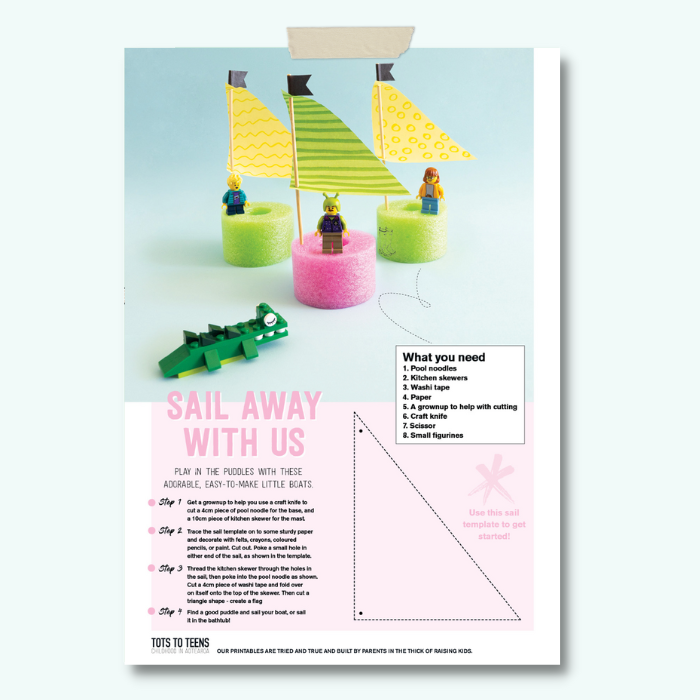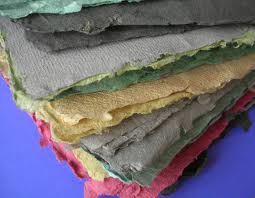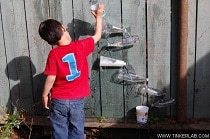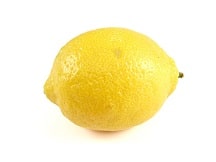
You will need:
- A glass jar
- A balloon
- A pair of scissors
- Sellotape
- A rubber band
- A straw
- A sheet of paper and pen
DIRECTIONS:
- Blow up the balloon and deflate it a few times so that the rubber is stretched slightly.
- Taking the scissors, carefully cut the deflated balloon in half, and discard the half with the neck.
- Using the top half of the balloon, stretch it over the top of your empty jar. Make sure it is stretched firmly across the jar and creates an air-tight seal.
- Secure the balloon with the rubber band around the rim of the jar.
- Place the straw lying across the jar, so that about 1/4 of the straw is placed on the balloon and the remainder is overhanging. Make sure to place the straw slightly in from the edge of the jar however. Cut the straw if necessary.
- Tape the straw to the balloon using a small strip of tape about 2 cm in from the end of the straw. The straw is now the indicator needle.
- Your barometer is now complete, place it on a flat surface with the sheet of paper behind the needle. Mark on the paper the current position of the straw. Examine the needle over the following hours and days, making note of the change in position. Also take note of the weather.
- What is happening when the indicator needle is moving? If the needle has moved up, then the balloon has caved in due to high pressure in our atmosphere. If the needle is moved down, then the low pressure is causing the balloon to fuff up.
- Using this information you are able to predict the weather: rising pressure is associated with dry, cool, and calm weather; dropping pressure forecasts rain, wind, and storms.








